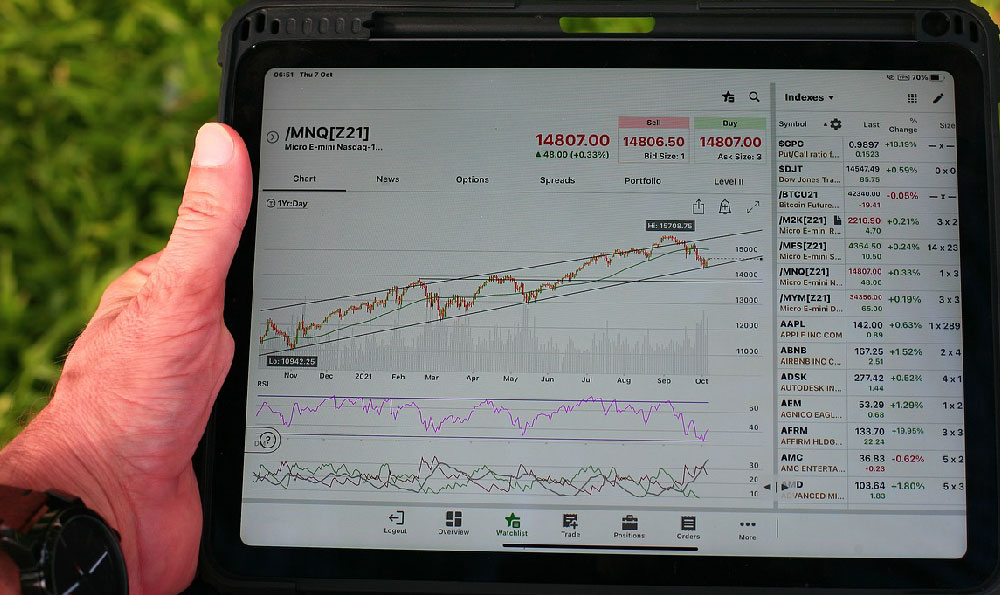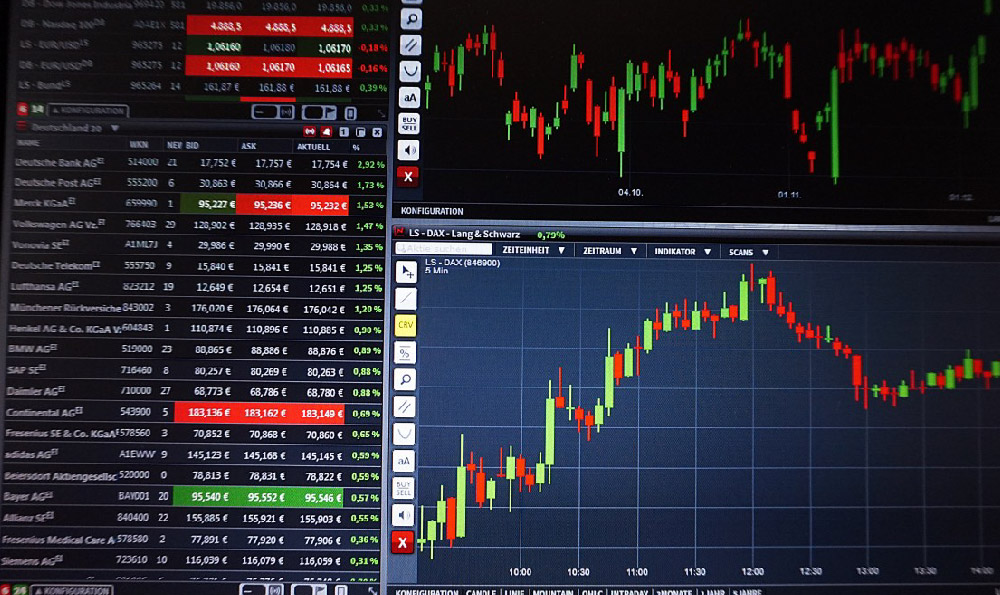Medieval Dynasty: Making Bank - Is It Possible? And How?

The allure of amassing significant wealth within the virtual realm of Medieval Dynasty is a common pursuit for many players. While the game’s historical setting may seem restrictive compared to modern economies, ingenious players have discovered numerous avenues to generate substantial income and transform their humble settlements into thriving financial powerhouses. The question isn't just if making bank is possible, it’s about mastering the intricacies of the game's economy and leveraging its mechanics to your advantage.
One of the most reliable early-game strategies revolves around resource management and production. Focus on readily available resources like reeds, clay, and stone. These raw materials, while seemingly mundane, form the bedrock of more complex and profitable crafts. For instance, turning reeds into straw hats is a classic example of value-added production. The initial investment is minimal - requiring only the resources themselves and basic crafting skills - but the profit margin per unit can be quite substantial, especially when produced in bulk. Clay can be transformed into simple pots which, while not hugely profitable individually, can be produced in enormous quantities. Similarly, turning stone into simple tools or foundations is a basic necessity for your village and any surplus can be sold for a steady, if modest, income. The key here is automation. Recruit villagers to manage these basic production lines, allowing you to focus on more complex and high-value endeavors. Even with a small workforce, you can establish a consistent revenue stream that requires minimal active involvement.
Moving beyond basic resource processing, farming offers a more significant potential for profit, but it also demands a greater initial investment and careful planning. Selecting the right crops is crucial. Flax, cabbage, and wheat are generally considered good choices, offering a balance between yield, sale price, and the demand from your villagers. Flax, in particular, is highly versatile. It can be sold raw, processed into linen thread, or further crafted into linen fabric, each stage increasing its value. Cabbage is a staple food for your villagers, and any excess can be sold for a decent profit. Wheat is essential for bread production, another lucrative product that addresses both internal needs and external market demand. However, farming requires careful attention to seasonal cycles, fertilization, and pest control. Neglecting these aspects can lead to crop failures and significant financial losses. Invest in improved tools and hire skilled farmers to optimize your yields and minimize risks.

Animal husbandry presents another long-term investment opportunity with potentially high returns. Chickens are relatively easy to manage and provide a consistent supply of eggs and meat, both valuable commodities. Pigs offer a more substantial meat yield, but they require more space and resources to maintain. Sheep provide wool, which can be processed into cloth, a valuable textile. Cattle are the most demanding animals, requiring significant grazing land and feed, but they also provide milk and manure (for fertilizer), and ultimately, a large amount of meat. The key to successful animal husbandry is careful breeding and culling. Maintain a balanced herd with a healthy mix of males and females, and regularly cull older or less productive animals to maximize efficiency. Selling livestock at the market can yield substantial profits, particularly when demand is high. However, remember to factor in the costs of feed, shelter, and labor when calculating your overall profitability.
Beyond these production-based strategies, there are less conventional methods for generating wealth. Berry picking, especially in the early game, can provide a quick source of income. While the profit per berry is low, they are abundant and easy to collect. Hunting can also be lucrative, particularly if you target high-value animals like bears or deer. However, hunting requires skill, specialized equipment, and a degree of risk. The market prices for furs, hides, and meat fluctuate depending on the season and the location, so it’s essential to scout different settlements and track market trends to maximize your profits.
Finally, mastering the art of trading is essential for long-term financial success. Pay attention to the prices of goods at different settlements and identify opportunities for arbitrage. Buy low in one village and sell high in another. Building relationships with merchants can also lead to favorable deals and access to exclusive goods. Be aware of seasonal price fluctuations. For example, demand for warm clothing may increase in winter, driving up prices for furs and fabrics. Understanding these trends allows you to anticipate market movements and capitalize on emerging opportunities. Consider investing in a donkey or horse to increase your carrying capacity and travel speed, making trading more efficient.
To avoid potential pitfalls, remember that diversification is key. Relying on a single source of income is risky. If a crop fails or a market collapses, your entire economy could suffer. By diversifying your production and income streams, you can mitigate these risks and ensure a more stable financial future. Also, carefully manage your expenses. Avoid unnecessary purchases and prioritize investments that will generate long-term returns. Maintain a healthy balance between production, trade, and consumption to ensure the prosperity and stability of your medieval dynasty. Finally, constantly adapt your strategies based on the changing dynamics of the game world. New updates, seasonal variations, and the evolving needs of your villagers all require flexibility and a willingness to adjust your approach. The path to financial success in Medieval Dynasty is not a sprint, but a marathon, requiring patience, planning, and a keen understanding of the game's intricate economic systems.















